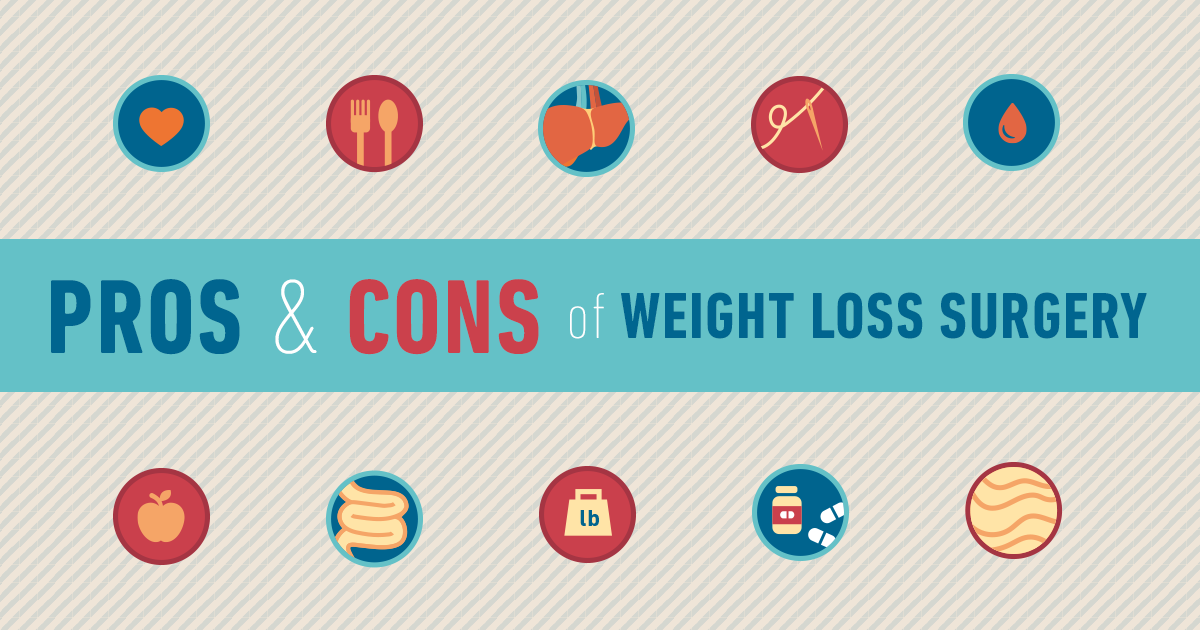How Does SMILE Eye Surgical Procedure Contrast To LASIK And PRK?
How Does SMILE Eye Surgical Procedure Contrast To LASIK And PRK?
Blog Article
Material By-McNamara Osborne
If you've been taking into consideration SMILE eye surgical procedure, you may wonder just how it compares to LASIK and PRK. Each treatment has its very own set of benefits and considerations. From quicker recuperation times to potential dangers, there are vital distinctions you should know before deciding. Understanding these differences will certainly aid you make an educated option that lines up with your certain demands and expectations. click the up coming document to know even more regarding how these treatments contrast in detail? Keep on checking out to obtain a detailed understanding of SMILE, LASIK, and PRK.
SMILE Eye Surgical Procedure Summary
If you're considering SMILE eye surgery, you'll find it to be a minimally invasive procedure with a quick recovery time. During SMILE (Tiny Laceration Lenticule Extraction), a laser is utilized to produce a tiny, accurate laceration in the cornea to get rid of a small item of tissue, improving it to remedy your vision. This varies from LASIK, where a flap is produced, and PRK, where the external layer of the cornea is entirely eliminated.
Among the key advantages of SMILE is its minimally invasive nature, resulting in a faster healing procedure and less discomfort post-surgery. The recuperation time for SMILE is relatively quick, with numerous clients experiencing enhanced vision within a day or 2. This makes it a popular choice for those looking for a practical and effective vision adjustment treatment. Furthermore, SMILE has been revealed to have a reduced threat of dry eye disorder compared to LASIK, making it a favorable option for individuals worried about this possible negative effects.
Differences Between SMILE, LASIK, and PRK
When comparing SMILE, LASIK, and PRK eye surgeries, it's important to comprehend the unique methods made use of in each procedure for vision improvement.
SMILE (Small Cut Lenticule Removal) is a minimally invasive treatment that entails developing a small incision to extract a lenticule from the cornea, improving it to deal with vision.
LASIK (Laser-Assisted In Situ Keratomileusis) involves developing a thin flap on the cornea, utilizing a laser to improve the underlying tissue, and then repositioning the flap.
PRK (Photorefractive Keratectomy) gets rid of the outer layer of the cornea before reshaping the cells with a laser.
The major distinction lies in the way the cornea is accessed and dealt with. SMILE is flapless, making it a good choice for people with slim corneas or those associated with contact sporting activities. LASIK uses rapid aesthetic healing because of the flap production, yet it may present a higher risk of flap-related problems. PRK, although having a longer healing duration, prevents flap-related problems altogether.
Understanding these variances is critical in selecting the most suitable treatment for your vision adjustment needs.
Pros and Cons Comparison
To review the benefits and disadvantages of SMILE, LASIK, and PRK eye surgical procedures, it's necessary to consider the certain benefits and prospective limitations of each procedure. SMILE surgery uses the advantage of a minimally invasive procedure, with a smaller sized incision and potentially quicker recovery time compared to LASIK and PRK. It additionally minimizes the danger of completely dry eye post-surgery, a typical side effect of LASIK. Nevertheless, try this site might have restrictions in dealing with greater degrees of myopia or astigmatism contrasted to LASIK.
LASIK surgery offers fast aesthetic recuperation and very little discomfort throughout the treatment. https://lasik-requirements17395.blogolenta.com/28083388/discover-the-benefits-and-constraints-of-lasik-surgery-determine-whether-it-supplies-the-most-effective-solution-for-your-vision-requires 's very efficient in dealing with a wide variety of refractive errors, consisting of myopia, hyperopia, and astigmatism. Yet, LASIK carries a risk of flap complications, which can impact the corneal framework.
PRK eye surgical treatment, while not as preferred as LASIK, stays clear of creating a corneal flap, lowering the threat of flap-related problems. It's suitable for patients with thin corneas or uneven corneal surface areas. However, PRK has a much longer recuperation time and might include more pain during the healing process.
Final thought
So, when it comes to choosing between SMILE, LASIK, and PRK, consider it like choosing the excellent set of footwear. SMILE resembles a smooth, comfortable set of tennis shoes - quick and very easy.
LASIK is more like trendy high heels - showy and quick, yet with some potential risks.
PRK is like tough hiking boots - reputable and durable, yet calling for a bit more effort and time.
Inevitably, the most effective choice depends on your individual requirements and preferences.
